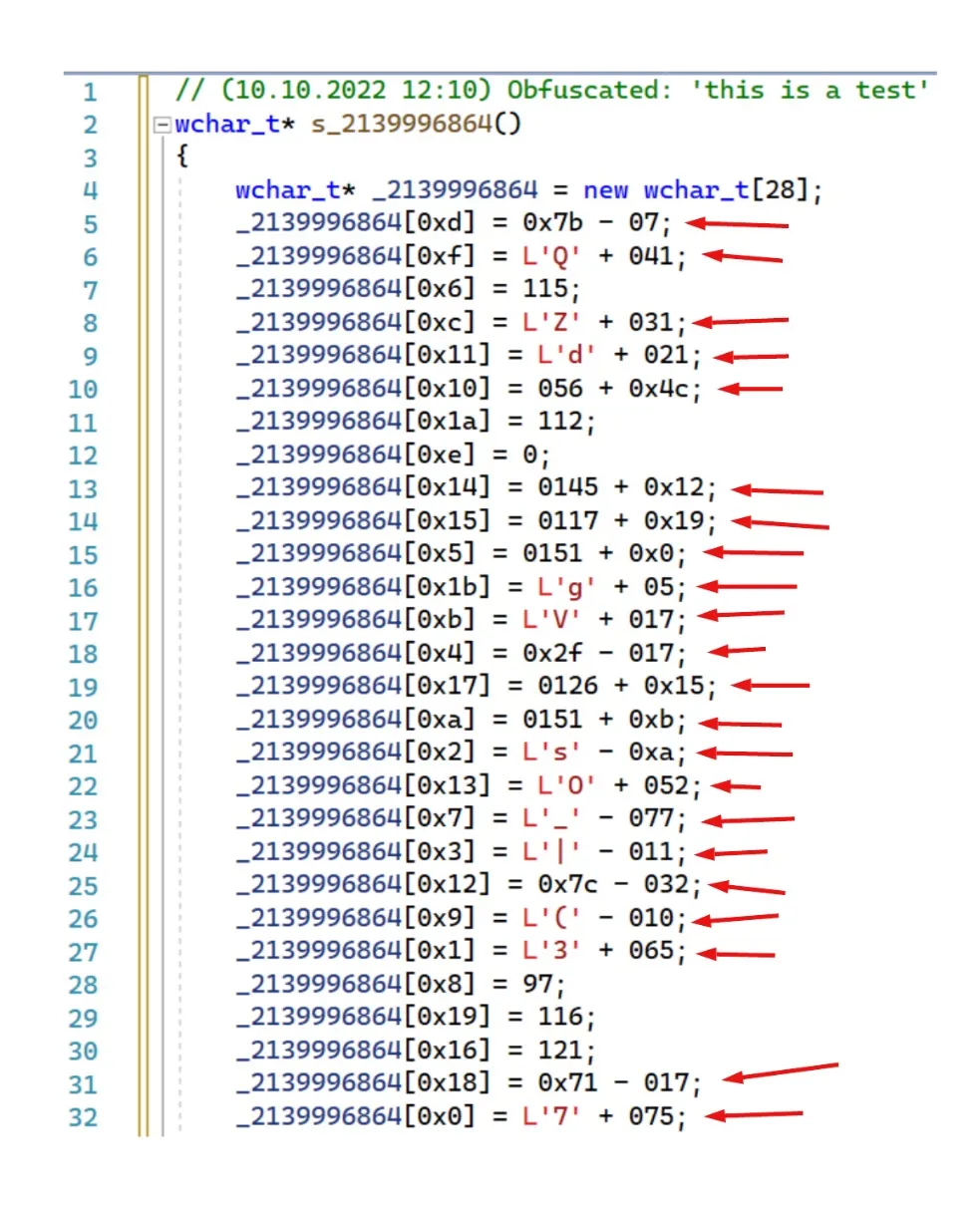Obfuscation is a technique used in software development to hide or obscure the code, data, and program instructions to make it difficult to understand through reverse engineering, viewing, or tampering. It is also known as “code cloaking” or “misdirection”. Obfuscation can be used to protect the copyright of an application by preventing analysis of the code.
Obfuscation can involve the use of various techniques to make the source code harder to comprehend. These include renaming variables, encryption, and breaking code into smaller pieces. Some algorithms are also designed to be difficult to understand and remove encryption if security is a concern.
Tools used to obfuscate code can either automatically remove the code that doesn’t affect the output of the program, like comment lines or whitespace, or embed confusing code to make it hard to read. Examples include variable renaming, string encryption, and control-flow flattening.
Obfuscation often comes with a performance penalty since the code has to be recompiled after obfuscation. Additionally, obfuscation techniques can also hinder debugging as the code can be difficult to trace and understand.
Obfuscation is widely used in applications like embedded systems, mobile operating systems, and gaming consoles. It is also used in network security applications to shield communications and code from attackers.
Overall, obfuscation is a technique used to protect code from being altered or analyzed by preventing it from being read. It is used to make accessing code information more difficult for attackers or insiders. While obfuscation comes with a performance penalty, it is a valuable technique when used properly.





